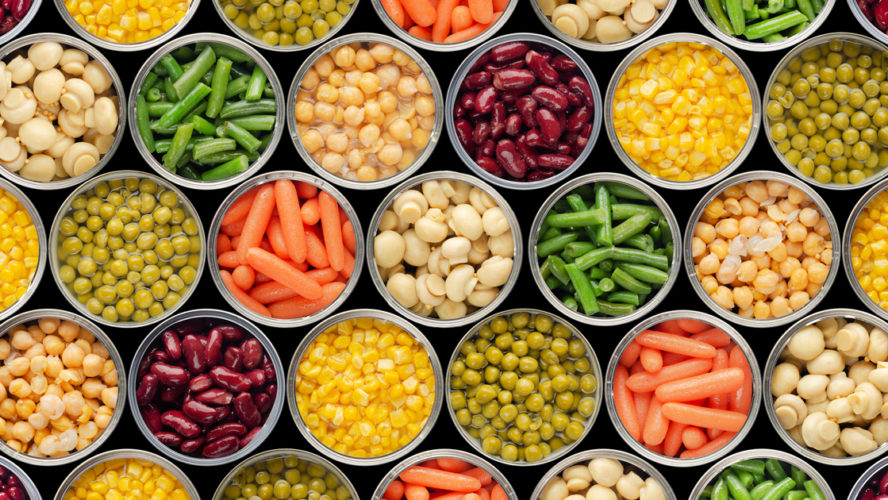#09.10.2023 REDUCING FOOD WASTE WITH STEEL PACKAGING: A SUSTAINABLE SOLUTION FOR A MORE CIRCULAR FUTURE
 As a proven packaging format and a model material for a circular economy, steel packaging is set to play a vital role in the fight against food waste. And make no mistake, reducing food waste is one of the great challenges we face today.
As a proven packaging format and a model material for a circular economy, steel packaging is set to play a vital role in the fight against food waste. And make no mistake, reducing food waste is one of the great challenges we face today.
This year, more than 33m people in Europe will be unable to afford a safe, nutritious meal every other day. Meanwhile, more than 58m tonnes of food is wasted in the EU every year (Eurostat 2022). The statistics are shocking: on a global scale, we waste around one-third of all food produced for human consumption – an amount that, if treated as a country, would be the third highest emitter of greenhouse gases globally. In the EU, food waste alone equates to 16% of the total greenhouse gas emissions produced by the EU food system. As we observe World Food Day 2023, APEAL is calling for stakeholders throughout the value chain to recognise the potential of steel packaging in mitigating food waste and its role in shaping a more sustainable planet.
Food wastage is a complex problem that spans all stages of the supply chain. Stringent quality and appearance standards mean that “wonky” food is discarded at the production stage, while poor packaging design leads to perfectly edible food being spoiled or damaged during transit. And the problem doesn’t end there: once food reaches our homes, a significant percentage of it spoils before it is used and ends up in landfill.
As the European Commission notes, an astounding 46% of food waste is generated at the consumption stage of the supply chain – almost as much as the amounts generated during the primary production (25%) and processing and manufacturing stages (24%) combined.
So, what can be done? This year, the European Commission took a vital step to reduce food waste by proposing legally binding food waste reduction targets for EU Member States to achieve by 2030. These targets – proposed as part of the revised Waste Framework Directive – will require Member States to take necessary steps to reduce food waste by 10% in processing and manufacturing and 30% in retail and consumption by 2030. This signifies a significant stride toward fostering a more sustainable food system. However, realising this goal will require innovative solutions that can make a tangible impact across the food supply chain.
Enter steel packaging—a formidable ally in the fight against food waste. Steel packaging’s unique qualities make it an invaluable tool for reducing food loss and waste at every stage of the supply chain. Offering 100% barrier protection against light, water and air, steel packaging locks in nutrients thanks to a fast and efficient canning process. Food is typically canned within four hours of harvest, and the process minimises the potential for misshapen or damaged food items to be rejected. During transportation, the extraordinary durability of steel ensures that food is protected against damage, reducing spoilage and waste. Food manufacturers can use steel packaging not only to extend the shelf-life of their products, but also to help reduce waste at the consumption stage – by providing consumers with long-lasting, portion-sized food products.
As countries across the globe observe World Food Day, it is vital that we recognise the importance of reducing food waste to mitigate the climate emergency. The magnitude of food waste’s impact on greenhouse gas emissions, land use, water use, and biodiversity cannot be overstated. Amidst these challenges, steel packaging provides an invaluable solution that aligns with the goals of a more sustainable food system and a truly circular economy. Providing the longest shelf life of any packaging format and helping to cut waste during preparation, packing and transport, steel packaging’s unique preservation qualities play a vital role in preventing food waste at all stages in the supply chain.
